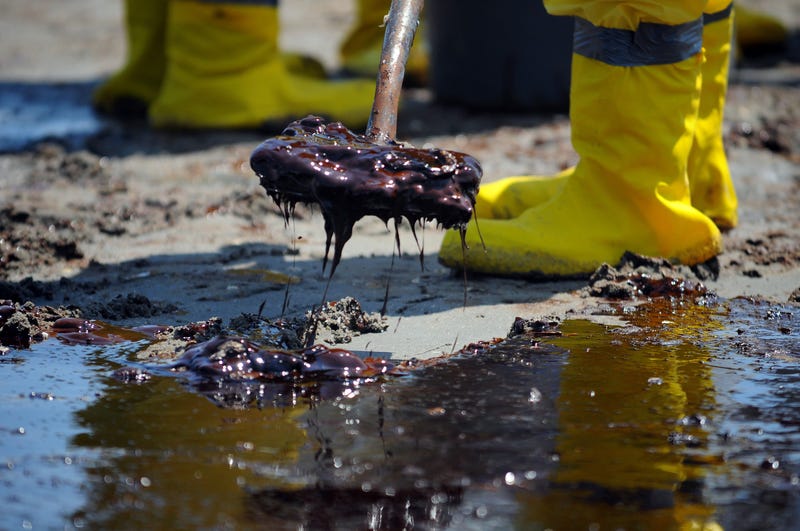
The Trump administration has moved to give oil and gas companies more flexibility in meeting safety requirements imposed after the BP Deepwater Horizon explosion, which killed nearly a dozen people and was the worst offshore oil disaster in U.S. history.
The president's offshore safety agency, headed by oil and gas industry insiders, released a new rule for oil drilling safety in Port Fourchon Thursday. The so-called “final Well Control Rule” eliminates regulations imposed by the Obama administration after the in the wake of the 2010 disaster.
The rule is also known as the “BOP Rule” because it focuses on regulating blowout preventers, massive stacks of valves and pistons placed over a wellhead and designed to shut in a drilled well if oil and gas starts flowing up uncontrollably.
The Deepwater Horizon’s BOP infamously failed to close in BP’s well when it blew out April 20, 2010.
“Free of undue regulatory burden while ensuring that operators conduct Outer Continental Shelf activities in a safe and environmentally responsible manner, today’s rule will fuel and sustain responsible energy exploration and production,” said Scott Angelle, director of the Bureau of Safety and Environmental Enforcemen. As Louisiana’s former lieutenant governor, Angelle fought a drilling moratorium after the 2010 BP oil spill.BSEE said 80 percent of the Obama-era rule remains unchanged from what was adopted in 2016 over objections from the oil industry. The agency said it expects several new provisions in the rule to make drilling safer – for example, by requiring fewer connections between a drilling rig and its BOP and by requiring different types of hydraulic rams to close off the space where oil could blow out of a well.
Several connections between Deepwater Horizon and its BOP failed, and that BOP’s sheer rams failed to cut cleanly through a drill pipe to seal in the well.
But the changes adopted Thursday are also expected to save the industry hundreds of millions of dollars over the next decade by dialing back requirements for companies to set up onshore control centers to monitor their offshore drilling work in real time – something that major oil companies already do -- and by eliminating a new government process for approving independent, third-party organizations to monitor drilling safety.
